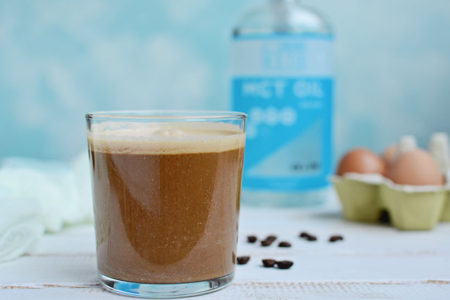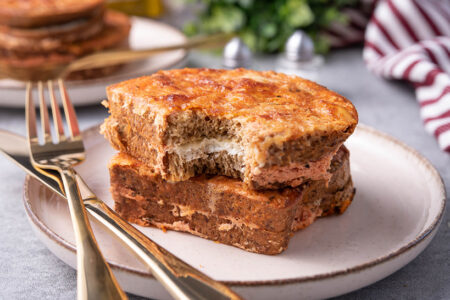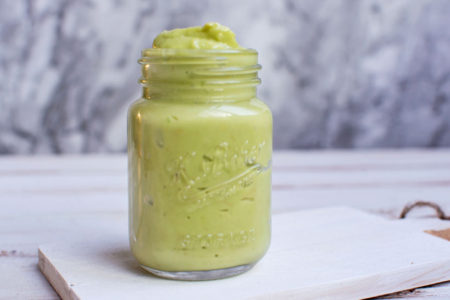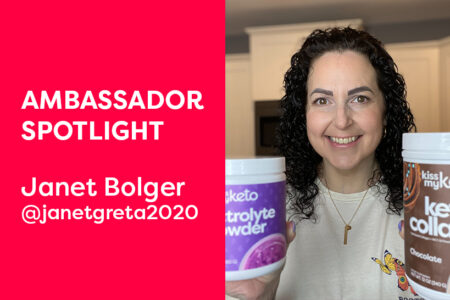
Keto Diet FAQ
When you’re planning to start or are already in the first few days of following keto, you’d appreciate a list of keto diet frequently asked questions and practical answers.
To keep you from getting overwhelmed, we’ve rounded up important FAQs. These will hopefully allow you to get a good grasp of the diet. You’ll also find links to longer guides that explain a topic in-depth.



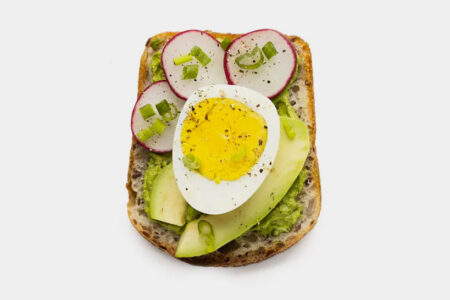
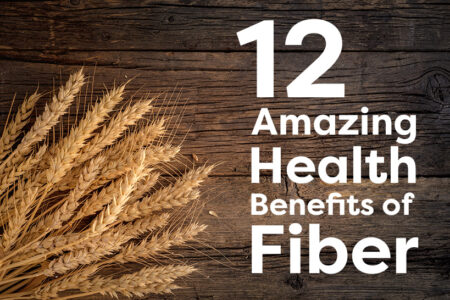
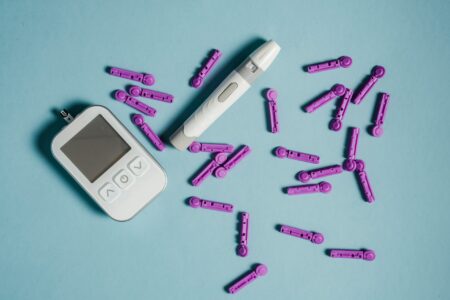
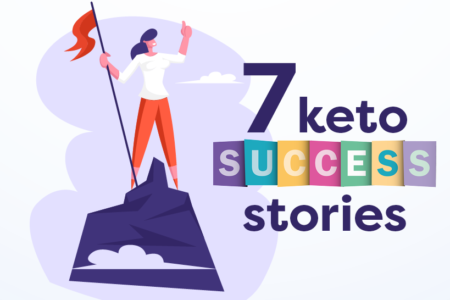
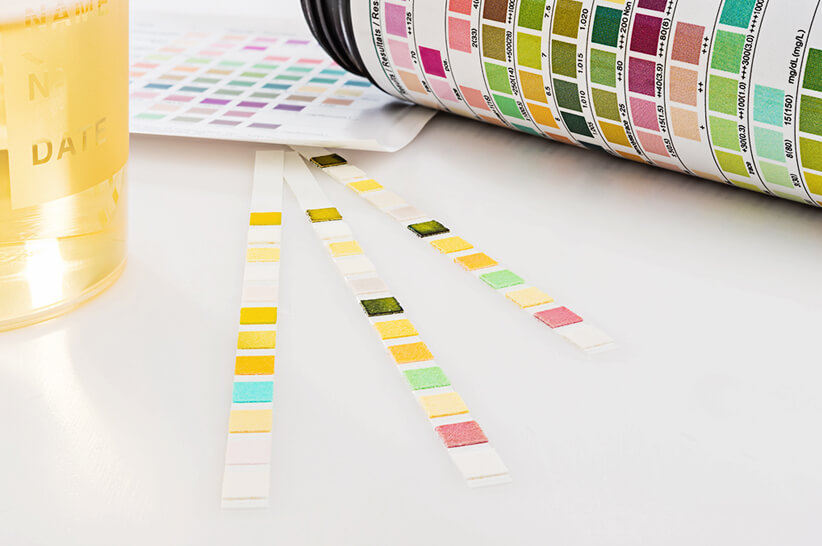
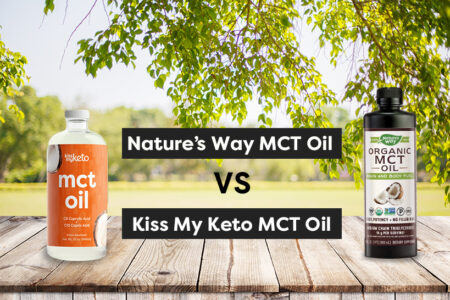
![Juicing for Weight Loss: Everything You Need to Know [Plus Recipes]](/wp-content/uploads/2019/08/Juicing-for-Weight-featured-image.jpg)

